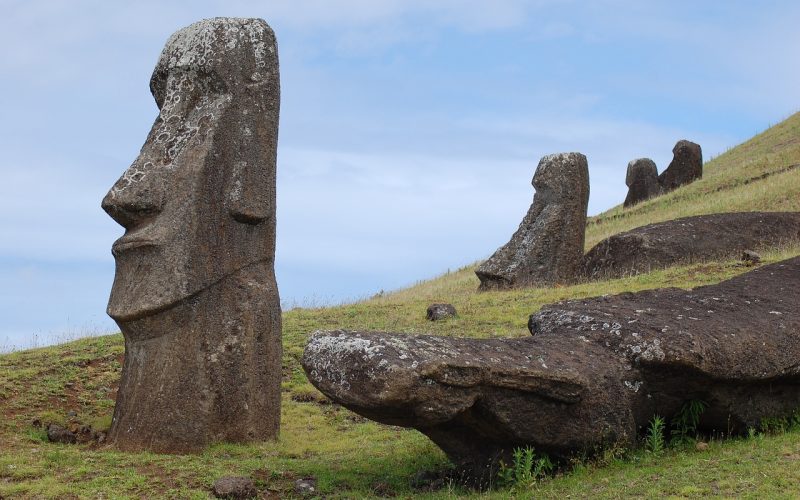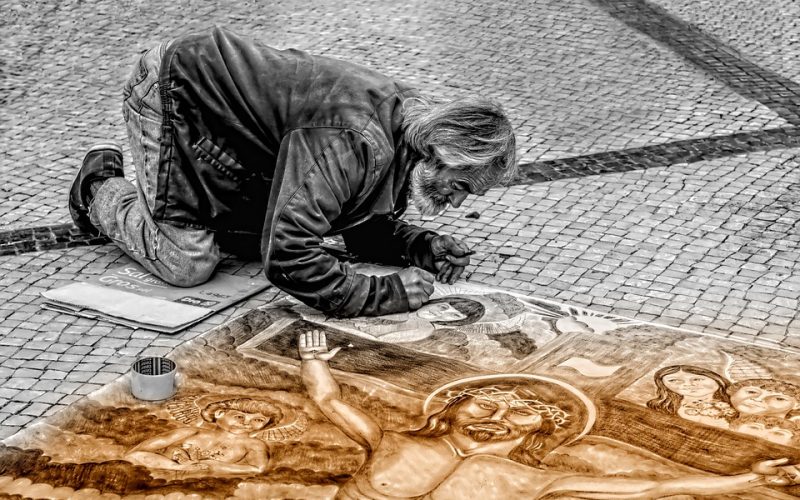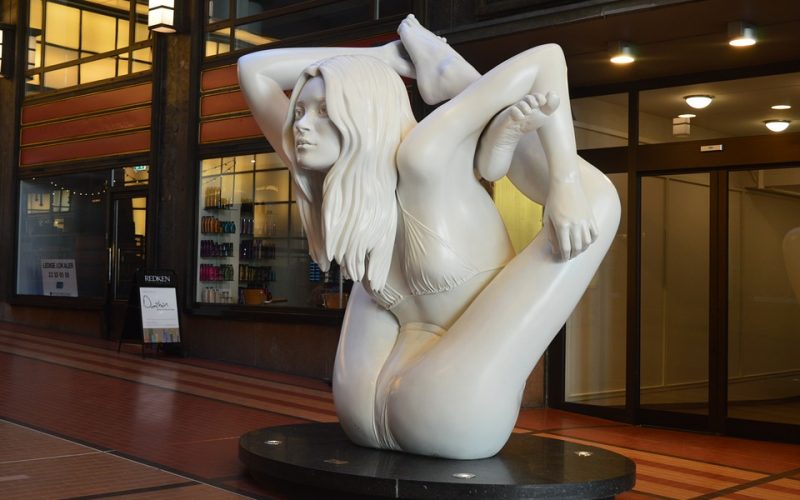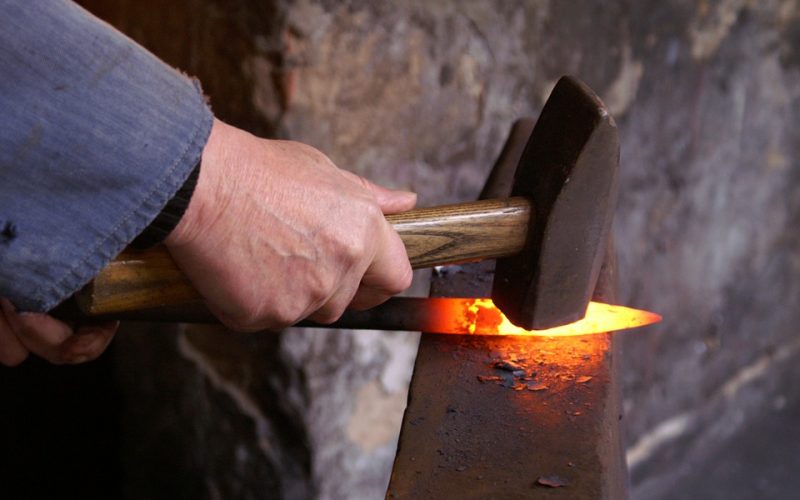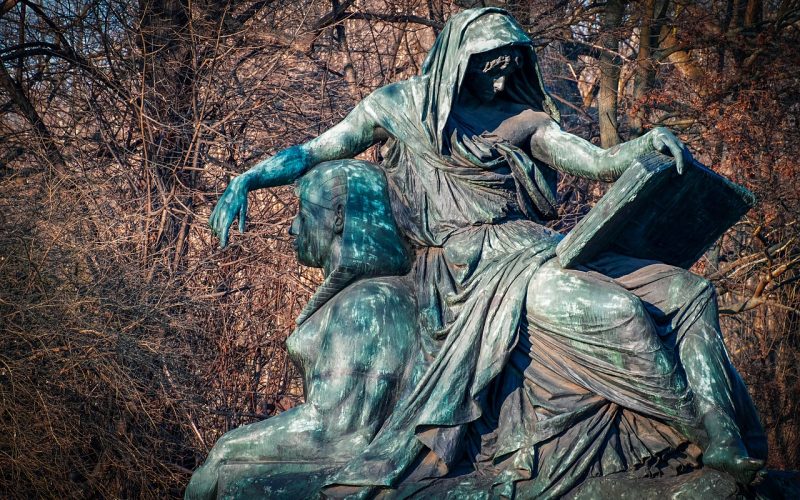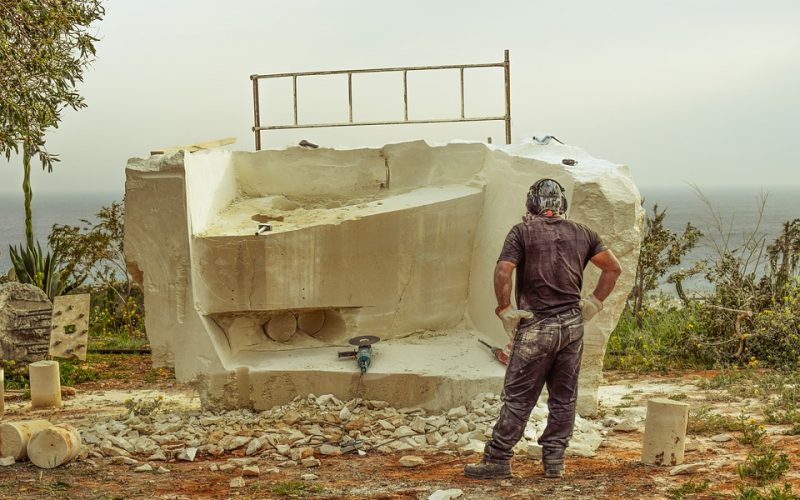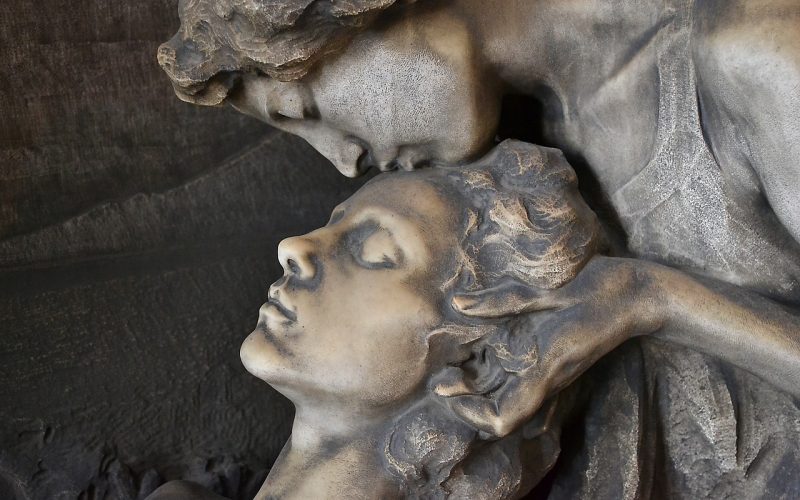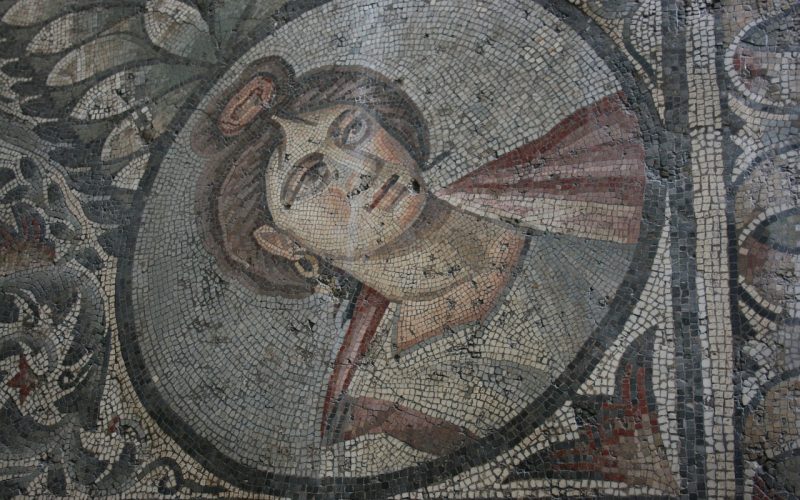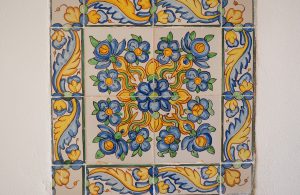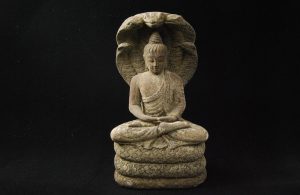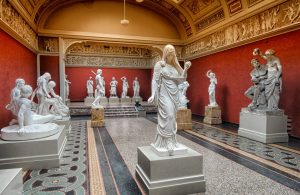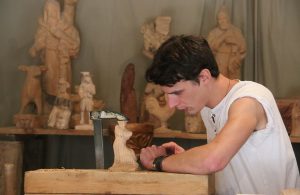Sculpture, an art form that evokes emotion and tells stories through form and texture, has been a significant means of expression in human civilisation for centuries. From the antiquities of ancient Greece to the modern masterpieces of today, sculptures offer an enduring testament to the creative spirit and cultural narratives of their time.
The statue of David by Michelangelo
Michelangelo's David is arguably one of the most revered sculptures in history. Created between 1501 and 1504, this Renaissance masterpiece stands at a staggering 17 feet tall and is carved entirely from marble. Housed in the Galleria dell'Accademia in Florence, Italy, the statue captures the biblical hero David in a moment of contemplative readiness before his battle with Goliath. Michelangelo's attention to anatomical precision and his ability to convey human emotion through stone has immortalised David, making it a symbol of strength and youthful beauty.
The Great Sphinx of Giza
Moving from the Italian Renaissance to the marvels of ancient Egypt, the Great Sphinx of Giza is a monumental sculpture that has intrigued historians and travellers alike. Situated on the Giza Plateau alongside the Great Pyramids, the Sphinx, with its lion's body and human head, is believed to represent the Pharaoh Khafre. Carved from limestone, this colossal sculpture stretches approximately 73 metres in length and stands 20 metres high, making it a true testament to the engineering prowess of ancient Egyptians. Its enigmatic expression and weathered visage continue to spark curiosity and awe.
The thinker by Auguste Rodin
In the realm of modern art, The Thinker by Auguste Rodin is a profound exploration of human introspection and intellectualism. Originally conceived in 1880 as part of Rodin's larger work, The Gates of Hell, The Thinker was intended to represent Dante, the author of The Divine Comedy. Cast in bronze, this sculpture depicts a man deep in thought, his chin resting on his hand. The Thinker has transcended its original context to become an emblem of philosophical contemplation, and its replicas are displayed in museums worldwide, including the Musée Rodin in Paris.
Christ the Redeemer in Rio de Janeiro
Towering over the vibrant cityscape of Rio de Janeiro, Brazil, Christ the Redeemer is a modern icon of faith and artistry. Standing at 30 metres tall atop the Corcovado Mountain, this colossal statue of Jesus Christ extends its arms as if to embrace the city below. Completed in 1931, Christ the Redeemer was designed by Brazilian engineer Heitor da Silva Costa and sculpted by French artist Paul Landowski. The statue, made from reinforced concrete and soapstone, is not just a religious symbol but also a beacon of peace and unity visible from afar.
The Venus de Milo
The Venus de Milo, an ancient Greek sculpture, is celebrated for its timeless beauty and mystery. Discovered on the island of Milos in 1820, this marble statue is believed to depict Aphrodite, the Greek goddess of love and beauty. Although missing its arms, the Venus de Milo exudes grace and elegance and is a prime example of Hellenistic artistry. Currently housed in the Louvre Museum in Paris, it draws millions of visitors each year who are captivated by its sensual form and serene expression.
The Moai statues of Easter Island
Finally, no discussion of famous sculptures would be complete without mentioning the Moai statues of Easter Island. These massive stone figures, carved by the Rapa Nui people between 1400 and 1650 AD, are scattered across the island's landscape. Each Moai, with its distinct facial features and elongated form, stands as a guardian overlooking the land. While their exact purpose remains a subject of debate, these statues are believed to represent ancestral spirits and hold immense cultural significance for the Rapa Nui people.
The world's most famous sculptures are more than just artistic creations; they are cultural landmarks that encapsulate the essence of their times. From the grandeur of Michelangelo's David to the spiritual presence of Christ the Redeemer, these sculptures continue to inspire, influence, and connect us to our shared human heritage. Whether exploring the ancient mysteries of the Great Sphinx or the enduring beauty of the Venus de Milo, each sculpture invites us to reflect on the stories and values that shape our world.
